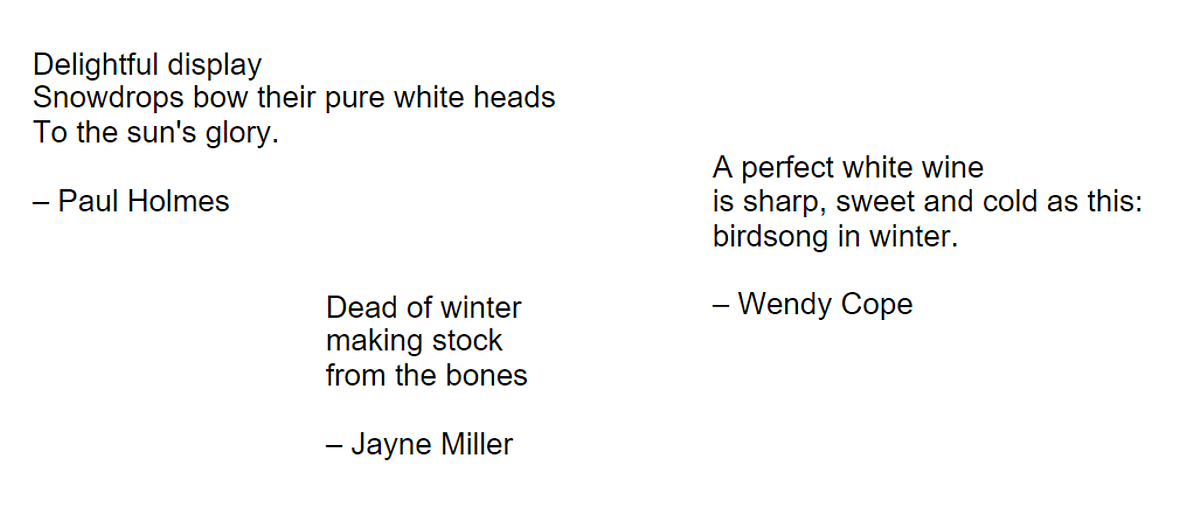Looking for all Articles by Theresa Peteranna?
Scotland's Stories writing prompt: Pockets of joy
A story writing prompt inspired by our Scotland's Stories: Hope campaign.

You can also access this prompt in Gaelic.
Scottish Book Trust asked people all over Scotland to submit their true, personal stories on this year’s theme of Hope. Submissions are now closed, but please continue to use this prompt to write your own story of hope!
Pockets of joy
Our hopes and dreams are often grand, but what about life’s little joys?
Whether it’s indulging in an afternoon daydream, wishing for the first blooms of spring, or hanging up a birdhouse to entice new friends, there’s no act of hopefulness too small or unimportant.
In a haiku poem, simple form and economic use of language work to evoke a specific time, place or mood. The confines of a haiku could be just the challenge to get you inspired as you capture a moment of hope in writing.
Warm up exercise: Mind map
As haikus consist of only three short lines, a mind map can be useful to brainstorm words and bring to mind times when you have felt hopeful. Take a piece of paper and write the word 'hope' in the centre. Draw lines from this central theme, adding words that relate to your own experience of hope.
Conjure up each moment of hope in your everyday, looking at your routines, relationships and hobbies. What comes to mind? Maybe it’s the time you left your umbrella at the door, not heeding the forecast? Or the night spent willing a text from a certain someone? The more precise, the better.
Brainstorm: Hope
Hope is the only bee that makes honey without flowers.
Now you have words for hope, try and hone in on specific time when you felt hopeful.
Engage your senses as you try and recall the moment. What can you see, hear, smell, taste and touch? Create a list and try identifying a word for each sense.
Nature often plays an important role in haiku. Look back on the weather in your moment of hope or add a seasonal reference.
Dig further into your thoughts and feelings. Is hope ‘the thing with feathers’ or a grounding belief that something better is coming?
Look back at your mind map of words, list of senses and seasonal references and combine them to create rich imagery.
Start writing
Haikus often consist of three lines, with five syllables in the first line, seven in the second, and five in the third. As syllables are different in Japanese and English, modern haikus sometimes don’t follow the exact syllable count (but should still be three lines long!).
A haiku does not have to rhyme and may include repetition of words or sounds. Haikus also traditionally feature a cutting word – consider how you might play with word choice or punctuation to add pauses or shift perspective.
Read the selection of haikus below to find inspiration on how different voices and styles can sing within such tight perimeters. Create within the guidelines and experiment as you succinctly capture your own pocket of joy.


